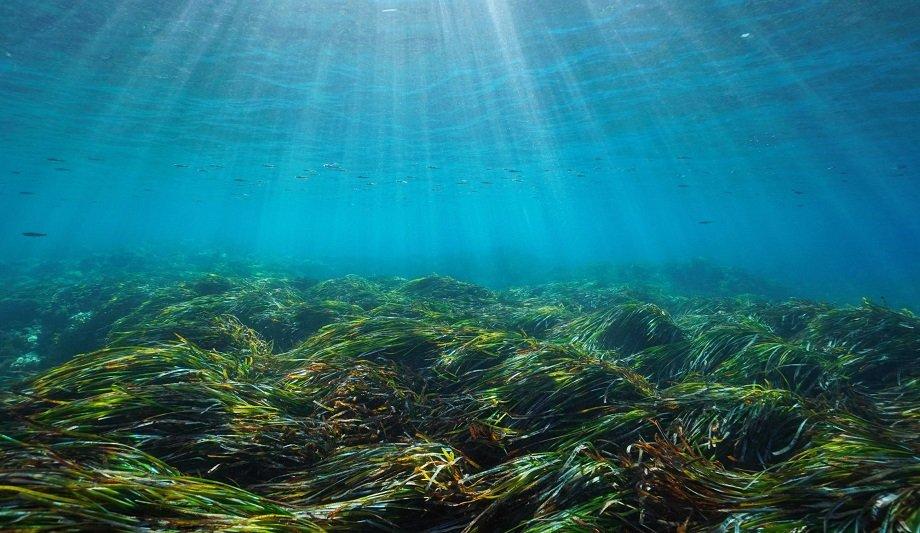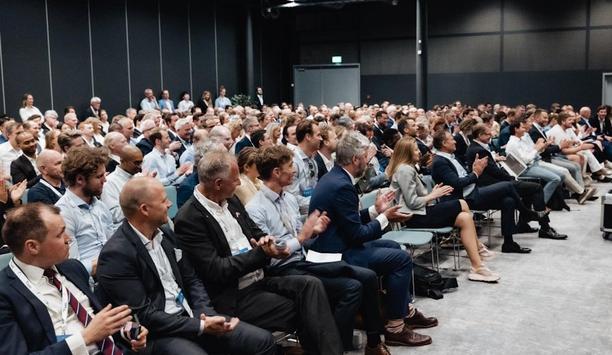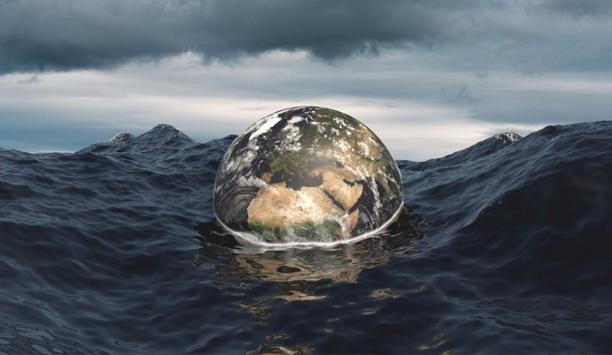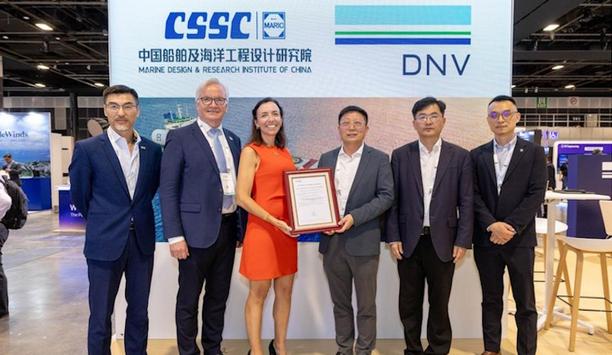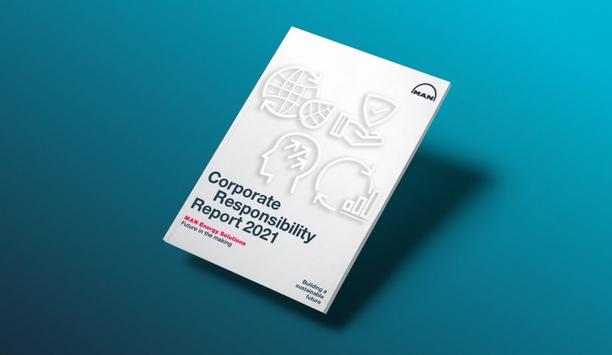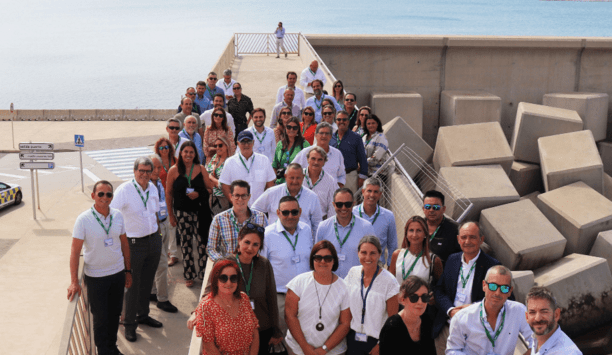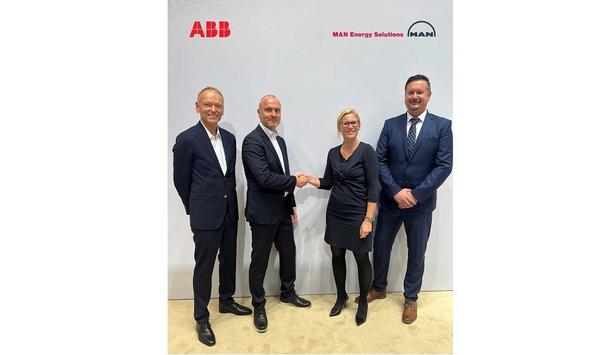The release of silver into the marine environment is of growing concern, as its impact on marine life is not yet fully understood.
Despite previous experiments that have shown the toxic effects of silver as nanoparticles (AgNPs) and as free ions (Ag+) on microbial organisms, the impact on important biogeochemical processes, such as marine nitrogen fixation (whereby nitrogen-fixing bacteria transform atmospheric nitrogen into ammonia or related fixed nitrogenous compounds), remains relatively unexplored.
Silver nanoparticle presence
A new study led by Plymouth Marine Laboratory has explored this area, discovering that the presence of silver nanoparticles can reduce demand for dissolved phosphorus to the benefit of biological nitrogen fixation in the coastal eastern Mediterranean Sea.
The study investigated the impact of AgNPs and Ag+ on nitrogen fixation activity in oligotrophic coastal ecosystems that is, ecosystems that have a deficiency of plant nutrients.
Nine mesocosm enclosures were set up in Crete, Greece, for twelve days in May 2019:
- Three mesocosms were left unamended at ambient light and temperature;
- Three were manipulated with 50 ng nanoparticles (AgNPs);
- Three were amended with 50 ng free ions (Ag+).
Over the duration of the experiment, mean nitrogen fixation rates proved higher in treated waters. Changes in nitrogen fixation rates were paralleled by significantly higher concentrations of phosphate and silicate in treated versus control mesocosms, suggesting an inhibition of the uptake of these nutrients by non-diazotrophic groups.
Nitrogen fixation
Nutrients such as nitrogen and phosphorus are essential for the growth of algae and aquatic plants"
Dr. Andy Rees, Marine Biogeochemist at PML, who led the study, said, “Nutrients such as nitrogen and phosphorus are essential for the growth of algae and aquatic plants, which provide both food and habitats for fish, shellfish, and other marine organisms.”
“In our study in the coastal eastern Mediterranean Sea – a region recognised to be deficient in nutrients and particularly phosphorus, we were fascinated to discover that the presence of silver nanoparticles actually increased nitrogen fixation.”
Phosphate and silicate concentrations
“There were also higher concentrations of phosphate and silicate in the treatments exposed to silver, which suggested that the uptake of these nutrients by microbial plankton had been disrupted by the presence of silver.”
“The research has been partly funded by the European Union’s Horizon 2020 research and innovation programme, and further by UKRI funding to Plymouth Marine Laboratory. We are hugely grateful for the support. We would also like to thank Dr. Anastasia Tsiola and Dr. Paraskevi Pitta for their organisation and hosting of this experiment at HCMR in Crete.”
